The lives of paragliding and hang-gliding fans depend on them, yet they get way too little attention in air sports: carabiners. While clearly visible flying equipment like the glider or the harness is mostly replaced regularly and with pleasure, years of continuous use of the necessary carabiners is not uncommon and the importance to replace them on a regular basis is hardly known. For this reason, we talked to Markus Gründhammer, paragliding pilot and founder of the paragliding brand “Skyman”, about the right handling regarding this topic: Find out more about which immense loads carabiners are exposed to while flying, which carabiner materials and locks are suitable for flying and what you need to pay attention to when replacing your air sports carabiners.
Special loads on carabiners during flight
Carabiner is carabiner – right? We have to disappoint you, unfortunately it’s not that easy. Besides the various application requirements like material, form, weight and lock of different carabiners, an air sports carabiner is affected by a special problem: the so called “constant vibration stress”. While the load on a mountain sports carabiner is distributed relatively consistently, an air sports carabiner is affected by vibrations, swinging and constant load changes during flight. This causes a permanently uneven load distribution on the carabiner which weakens the material. A load on the carabiner results in the gate play being reduced to zero and the weaker carabiner side (gate side) starting to carry weight. When relieving the load, the carabiner returns to its neutral position and regains some gate play. This permanent change from loading and relieving load is called constant vibration stress. Vibration fractures, which are a result of constant vibration stress, are the biggest danger that can lead to the failure of an air sports carabiner. Together with the natural aging process of the material and the frequency as well as the intensity of use (G-forces while flying maneuvers), using air carabiners for longer than the recommended time span bears a non-assessable risk for every pilot. Until now there’s no certification that addresses the special requirements when it comes to air sports carabiners. We asked Markus Gründhammer aka Skyman. The air has been his playground and working place for more than 35 years – nearly daily. He has never had any problems with his air sports carabiners:
Aluminium or stainless-steel carabiners?
One of the first questions when it comes to choosing an air sports carabiner is what material it should consist of: aluminium or rather stainless steel? Because of the increasing demand for weight-reduced harnesses and gliders, especially very light air sports carabiners made of high-strength aluminium, which is also used for aircraft construction, are very popular. However, regarding the problem of constant vibration stress, it would generally make sense to opt for a stainless-steel carabiner. They are heavier, but due to their higher fracture strain, they can absorb more vibrations than an aluminium carabiner. Fracture strain thereby means the ability of a material to deform, which is especially important regarding the problem of constant load changes in air sports:
Due to the aluminium carabiner’s minimal fracture strain (12%), it deforms only minimally, before it suddenly breaks (vibration fracture). Stainless-steel carabiners with a fracture strain of 50%, however, stretch visibly and get longer, before they eventually break. Generally, also stainless steel has a higher breaking load than aluminium: For example, the AUSTRIALPIN STRATUS INOX stainless steel air sports carabiner has a breaking load of 28kN (about 2800 kg) in longitudinal direction, while the STRATUS in aluminium has a breaking load of 18kN (about 1800 kg) in longitudinal direction. Due to the weight of 2 persons on a Tandem flight, only stainless-steel carabiners are the logical option; when flying solo, the pilot has the agony of choice:
The suitable carabiner lock
As mentioned above, due to an uneven load distribution on the carabiner and a higher load distribution on the weaker carabiner side (gate side) during flight, also the lock of air sports carabiners plays an important role. In this regard, it is crucial to keep the gate play to a minimum and to make sure the carabiner doesn’t open during flight. Screw lock carabiners can open due to constant vibration; therefore, they are not suitable for the usage in air sports. In contrast to mountain sports carabiners, there’s no norm for air sports carabiners, therefore the problem of constant vibration stress cannot be checked through a standardized test. To guarantee the safety of the AUSTRIALPIN STRATUS carabiner with slide autolock, which was designed for 25mm webbings only, a specially defined test was conducted by an independent test institute. In this process, a carabiner is placed between the two fitting webbings: The gate play of this carabiner was kept to a minimum, this means that when exposed to a load, the weaker carabiner side carries some of the weight as early as possible. This way, load changes which weaken the material can be reduced to a minimum and an opening of the gate through vibration during flight is not possible anymore. A special plastic device (“keeper”) thereby makes sure that the webbings are brought into the right position and stay there. A lot of safety and only little weight!
The right handling of air sports carabiners
says Markus Gründhammer to the question of why it can even happen that air sports carabiners are used for years (or even decades) without being replaced only once. So, what do you need to know when using air sports carabiners? When do they have to be replaced at the latest? For the usage of our air sports carabiners – no matter if made of aluminium or stainless steel – we recommend replacing them after 1500 flying hours or after 5 years, whichever falls earlier. “In case of contact with sea water and/or sand, I rather replace the carabiners right afterwards anyway”, says Markus. Moreover, it is important to mind the right webbing size: AUSTRIALPIN guarantees the given breaking load only when used with the right webbing sizes. Also, a distinction has to be made whether an AUSTRIALPIN carabiner is only suitable for one person (MONO) or for Tandems (BI) – Tandem flights are only intended for harnesses with Tandem-suitable stainless-steel carabiners.
When did you last replace your air sports carabiners? Have you ever replaced them at all? In case it is high time, we hope that we were able to motivate you to replace your carabiners and to handle this topic more consciously in the future. Do you still have questions? Keep them coming! Just send us a message on our social media channels or write us an e-mail to office@austrialpin.at, we will gladly help you with everything!
In this sense: Have a good flight! We wish you unforgettable, beautiful, but especially moments in the air! 🙂
In our shop you will find a selection of carabiners: shop.highadventure.ch
Attention: To be exchanged after 1500 flying hours or 5 years from first use!
Source: AustriAlpin / www.austrialpin.at

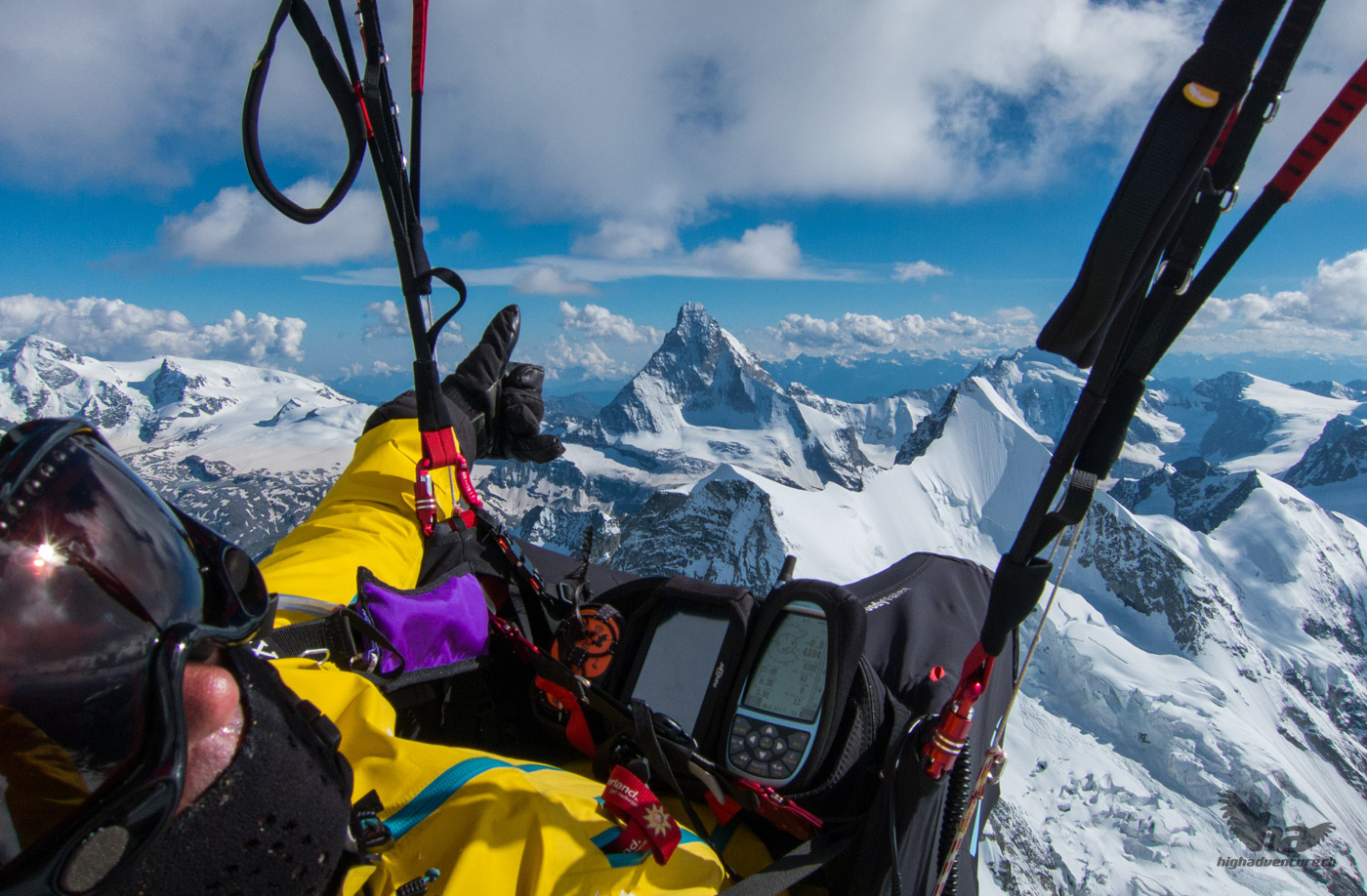
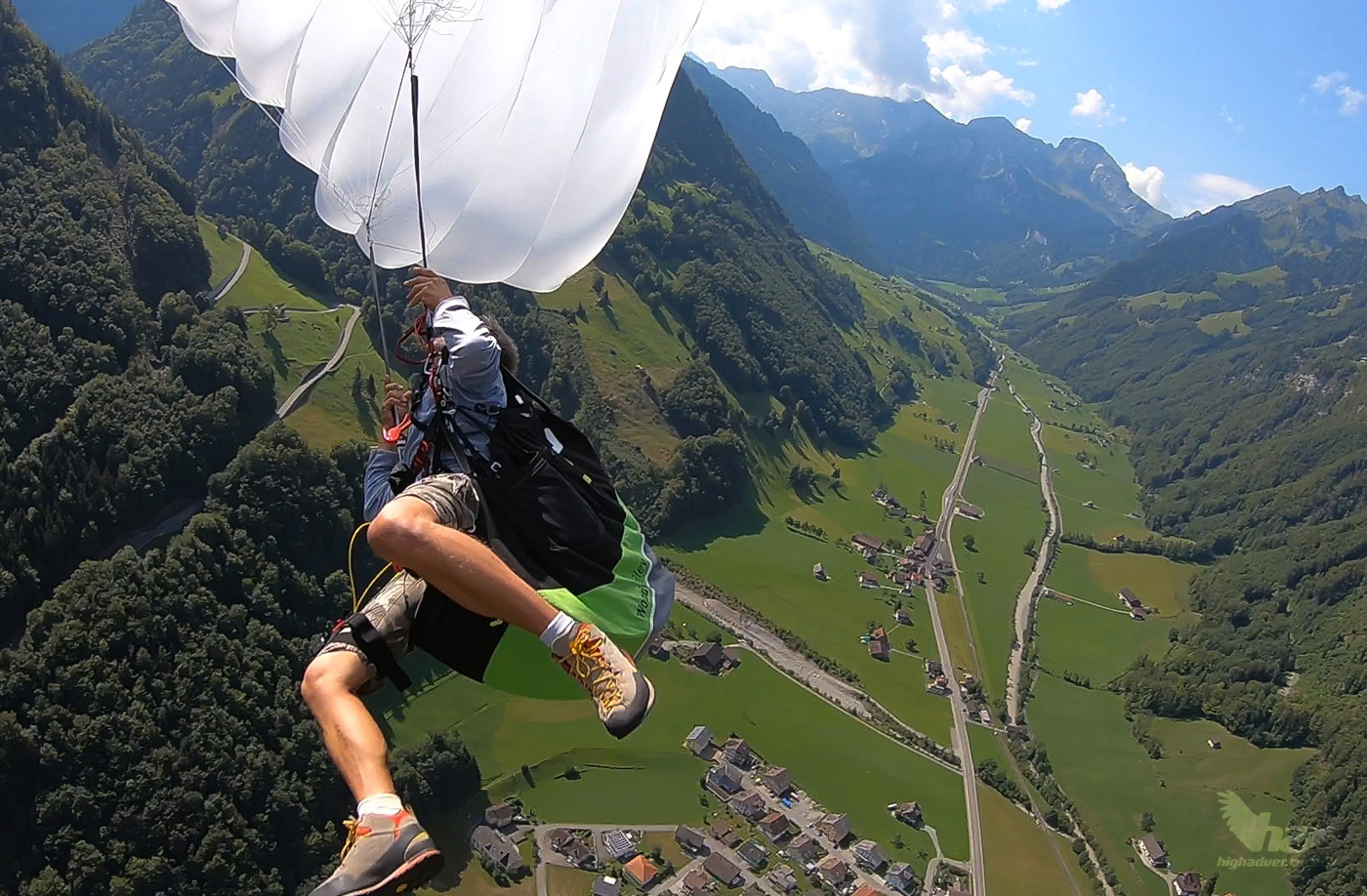
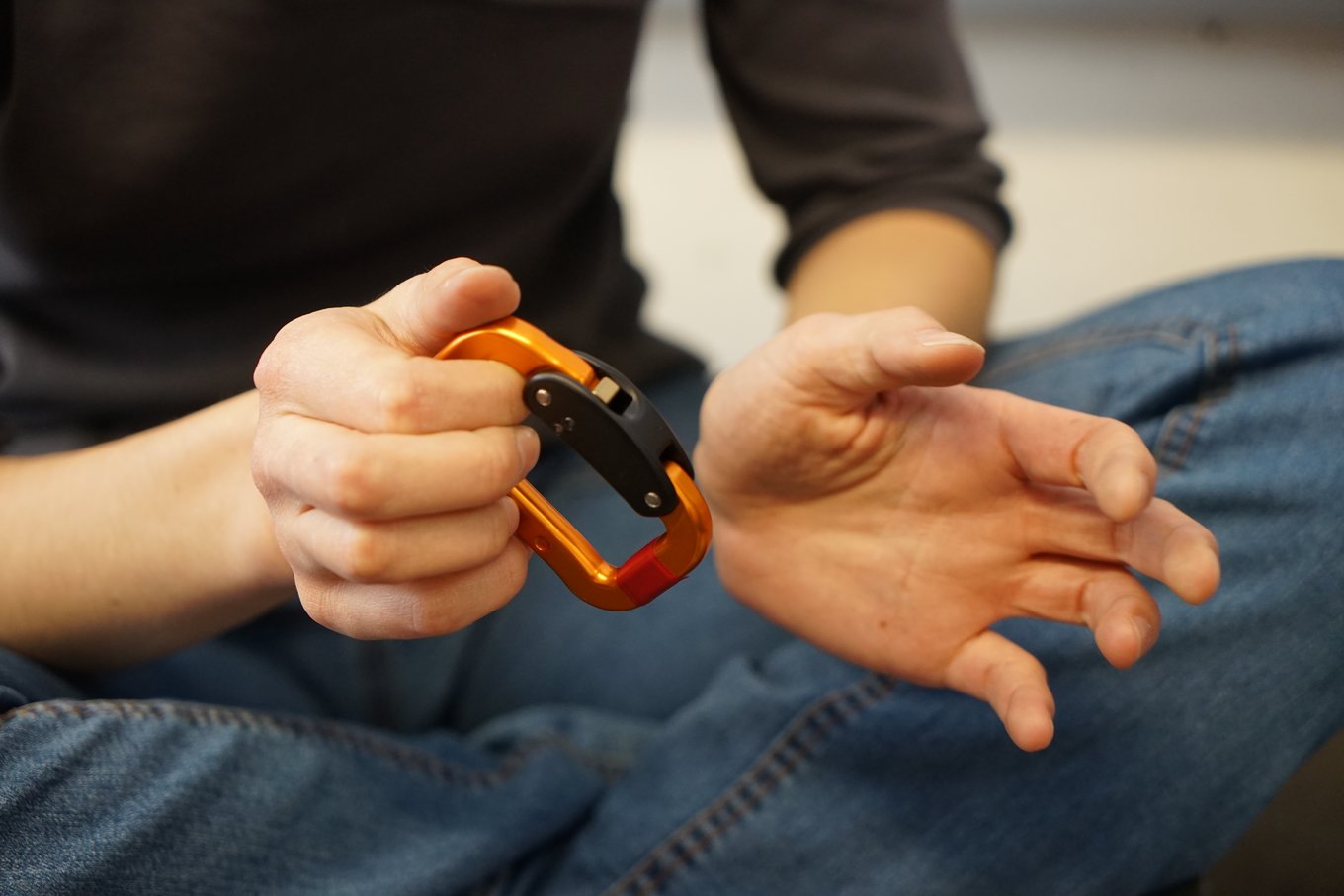
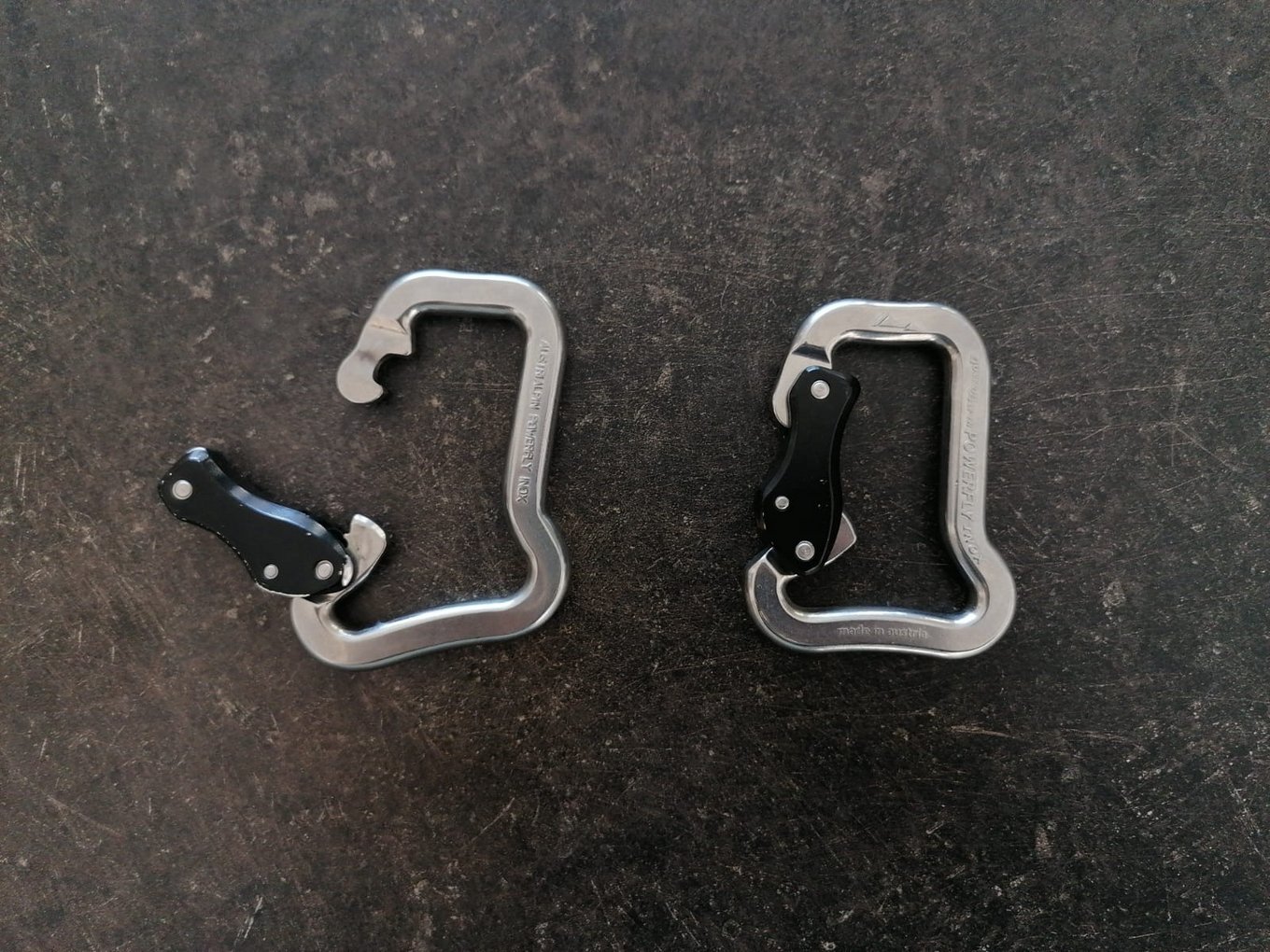
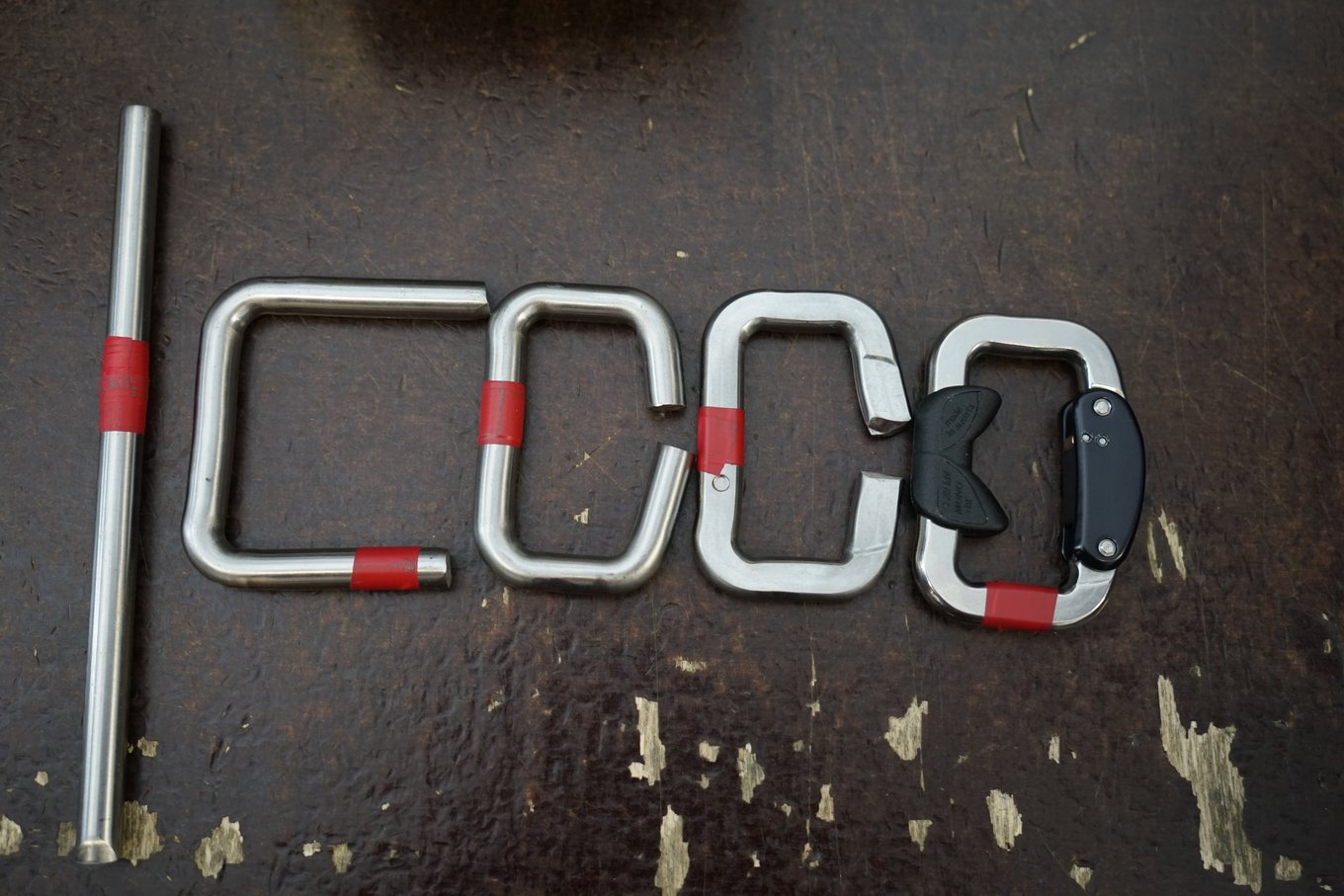
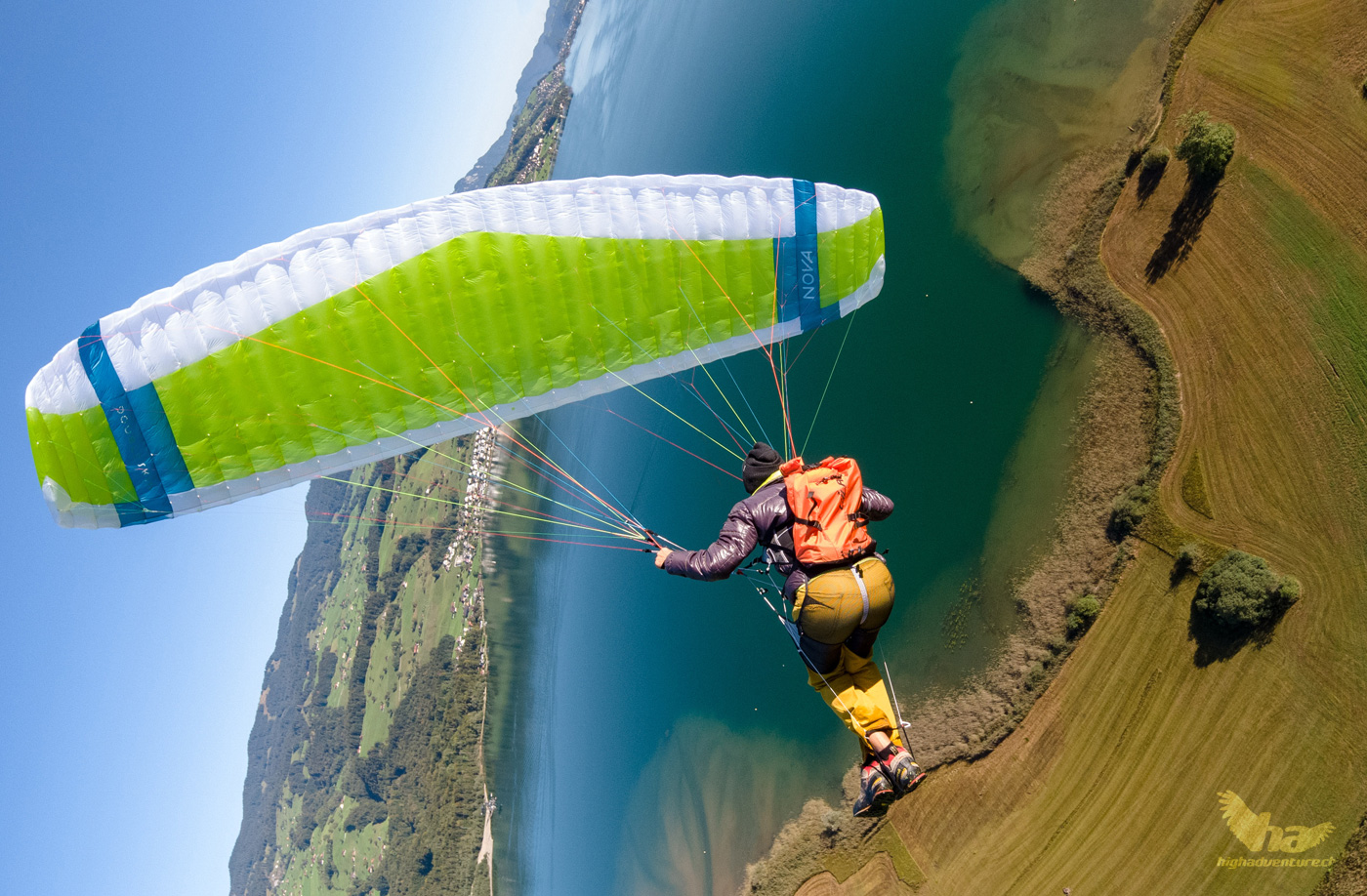
 Outside normal business hours by telephone arrangement.
Outside normal business hours by telephone arrangement.

